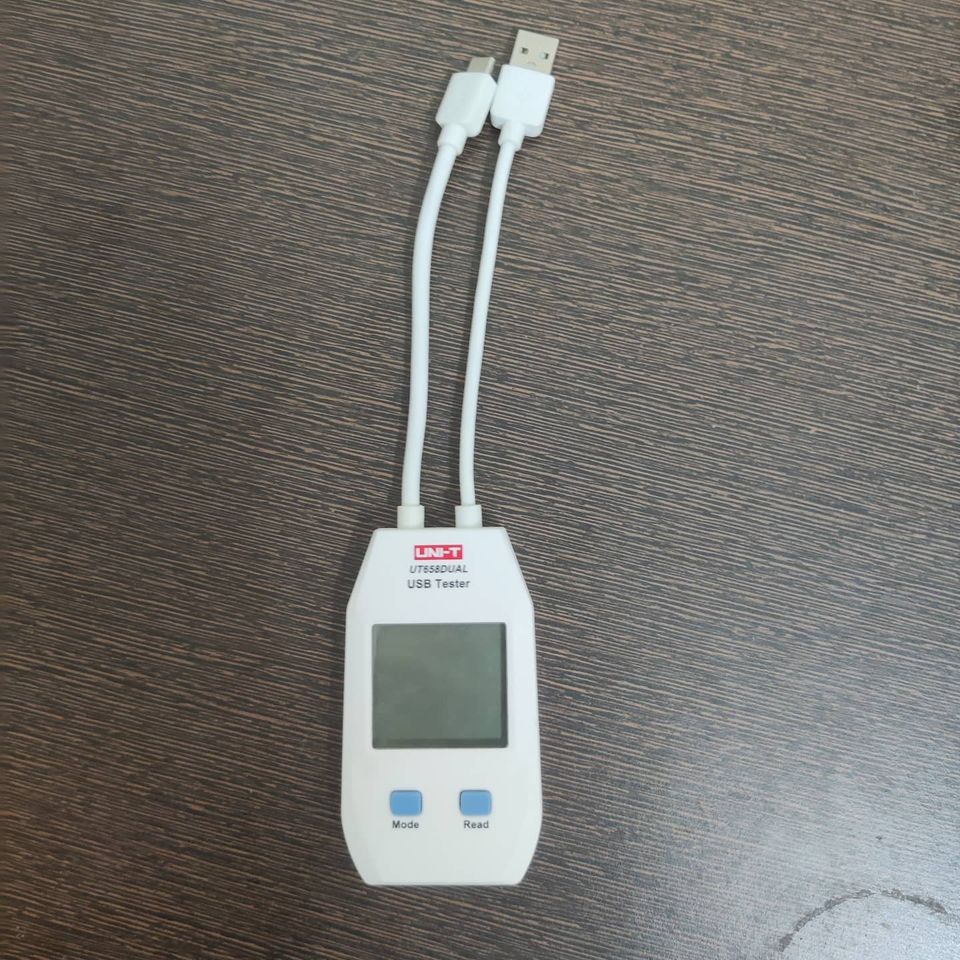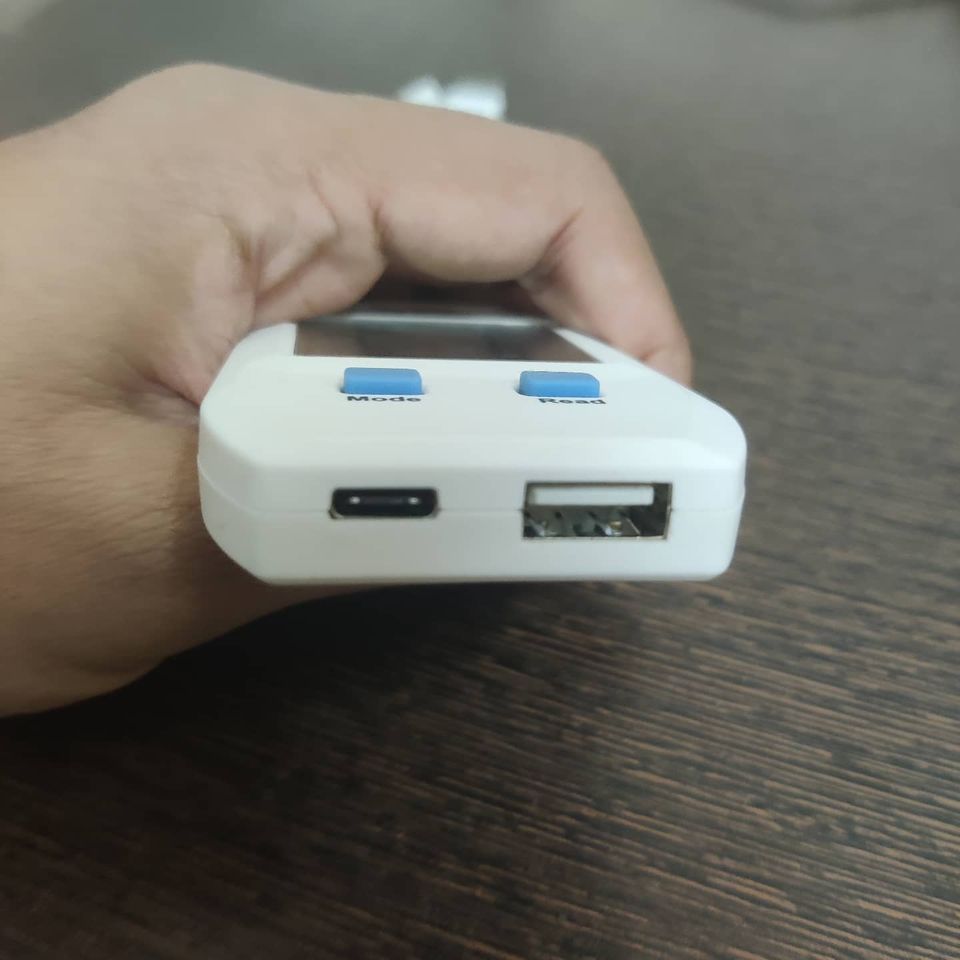
Handy little devices. They help you debug a lot of things specific to the USB Power outputs. It tells you what the voltage and current draw is from a particular power source. It helps figure out multiple things regarding the system-as-a-whole like, Is the power source capable of delivering a voltage at a particular current flow or is the USB port dropping the voltage at higher currents? Or Is the cable you are using good enough(You can know this by estimating voltage drop at both ends of the cable with the device).



The pics show the multiple types of these power meters available. The first thing you need to make sure of is, What type of port termination it provides(Type-A or Type-C) and what USB type they support USB2.0 or 3.0+? This is very important as the shape of the ports wouldn’t tell you what USB Mode you have. (Eg. You can have a Type-A port with USB2.0 only or with USB 3.0 compatibility). If you are into USB C and power delivery applications make sure the voltage and current ratings of the meter you buy supports it. For eg., the UT658Dual Model power meter has Type A(USB2.0) and TypeC(USB3.0) ports on both ends. Now if you want to interface it with a Type A USB 3.0 port the device just wouldn’t support it. Similarly, UT658B Model has a USB 2.0 Type Port only.
The awesome thing about these devices is that you can use them as a charge meter to estimate the battery capacity of devices. These keep a running count of the reading so that you can kind of figure out what is the approx battery capacity in a device. Also can be used to estimate how much time it will take for large power banks to finish charging if you keep looking at the current draw(The current draw tapers off for LiPo charging towards the end).
All in all a very versatile little tool. A must-have unit as these ones are relatively cheap nowadays. Buy quality ones, there are quite a lot of cheap ones around.